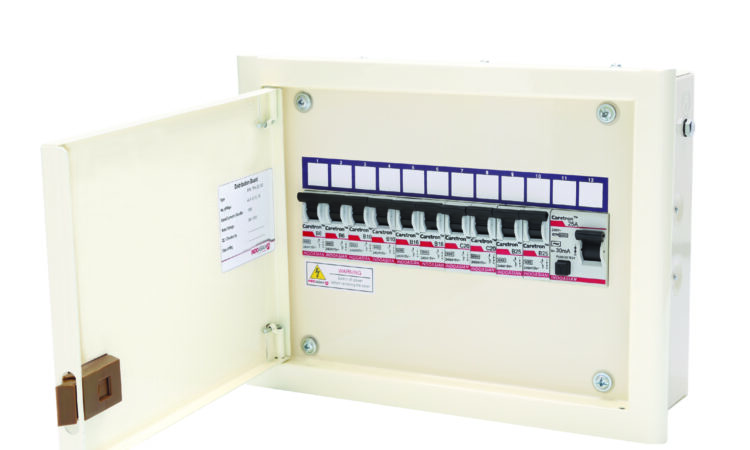
Fuse boxes play an important role in the world of electricity and are critical for protecting against circuit overloads and short circuits. The fuse will break the circuit, preventing damage to your property or people.
A High-Risk Current Fuse is designed for circuits with larger loads, such as motors and heating systems. To function properly, these circuits require more energy flow than other electronics.
A high rupturing capacity fuse can be used in various settings, including homes, offices, and warehouses. However, there is an increased risk of an electrical charge due to a malfunction or human error. As a result, before investing in this type of fuse, you should understand how it works.
Here Are Four Fuse Characteristics To Be Aware Of Before You Begin.
- An HRC has a fuse wire that safely transports a short-circuit current from one location to another over a specified period. If the fault is removed during this time, it will not blow off but will begin to melt once it reaches the melting point. The circuit will be disconnected from the power supply, thereby protecting it.
- HRC fuses are typically made of glass. However, it may also use different chemical compounds depending on the manufacturing and construction. The external enclosure is airtight to prevent atmospheric elements from becoming involved in a chemical reaction and blowing up.
- HRC fuses are made of heat-resistant materials, such as ceramic bodies with metal end caps welded together by a silver current. The inner fuse body is also filled with filling powders that aid in cooling, such as plaster of Paris, quartz, chalk, dust, and other materials. As a result, it can handle a normal current without overheating.
- Finally, a high rupturing capacity fuse provides the best stability for industrial power distribution and semiconductor protection. The fuse and circuit breakers can assist each other in a low-voltage system. They are used to provide backup protection to high-breaking-capacity circuit breakers.
What Is HRC Fuse Base?
HRC fuse base mounted in a stamped frame chassis with an aluminium top plate and side rails can support all high-performance computer components.
HRC fuse bases are designed to provide ample space for mounting all types of heat sink modules, allowing components to be easily removed and replaced
It is a modular toolkit for most audio functions, such as volume control, filter circuits and effects processors.
HRC Fuse Benefits Include:
- The ability to clear high and low fault currents.
- Does not deteriorate with age.
- Has a quick orientation.
- It requires no upkeep.
HRC Fuse Disadvantages Include:
- It must be replaced after it has been used.
- Because the heat produced by the arc may affect the associated switches.
Find high-quality HRCs at IndoAsian. Fusing IndoAsain’s HRC fuses is easy, and a red pin that pops up immediately indicates when a fault occurs.
Additionally, they are designed to last longer because of their low watt loss, low let-through energy, and low cut-off characteristics. Visit IndoAsian.

